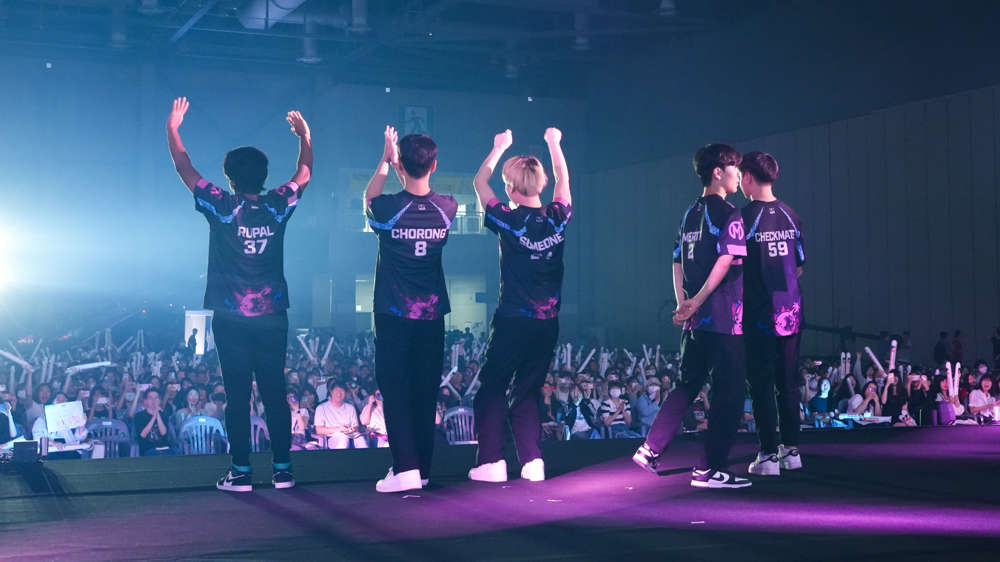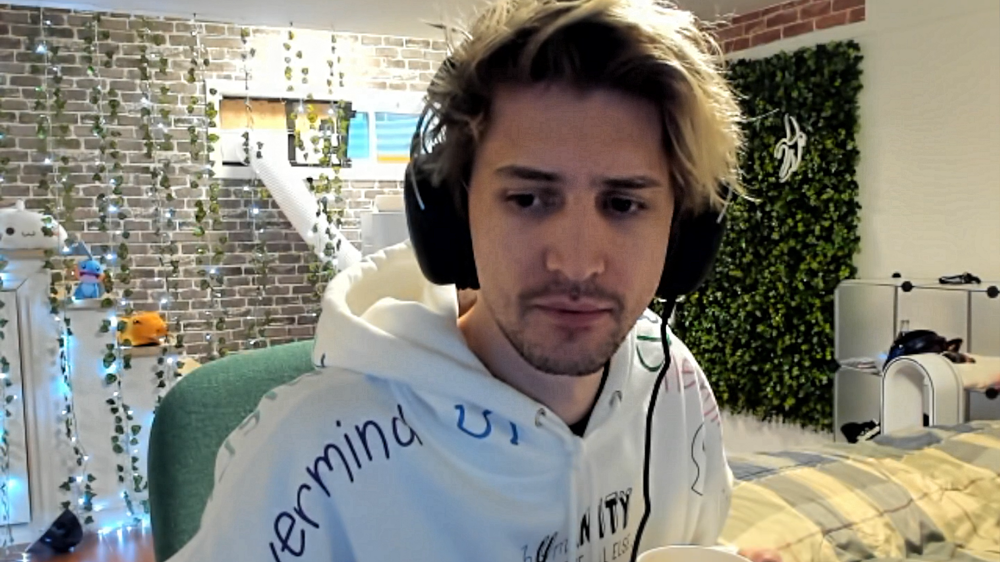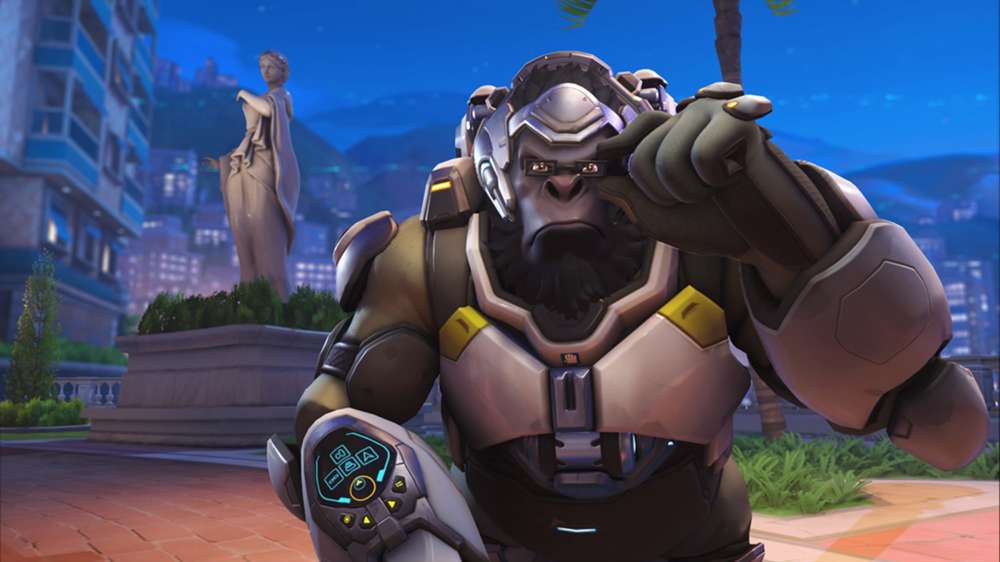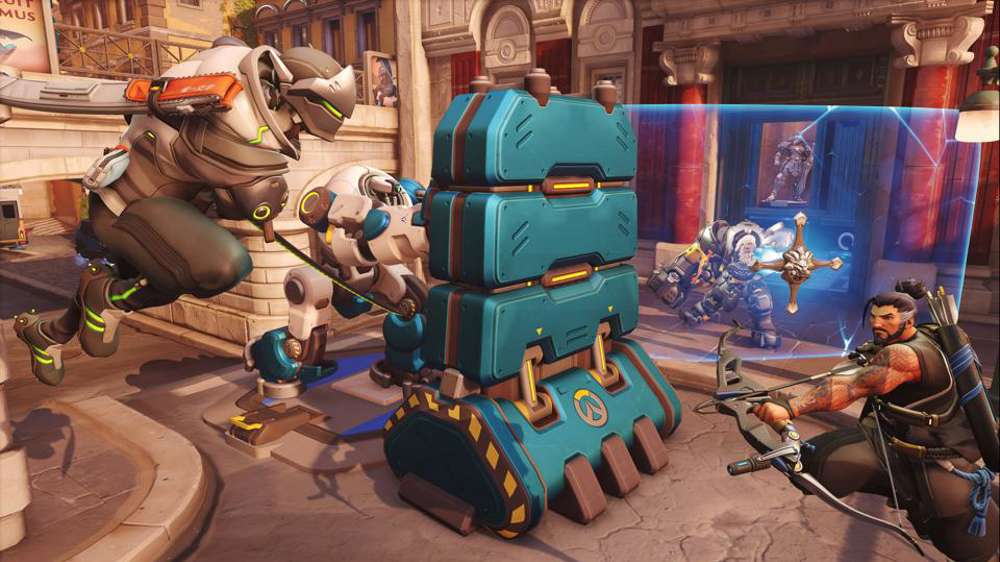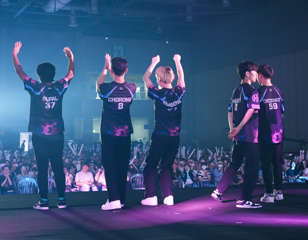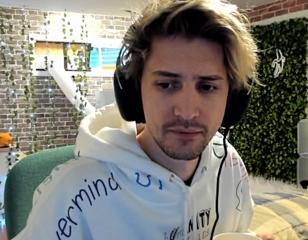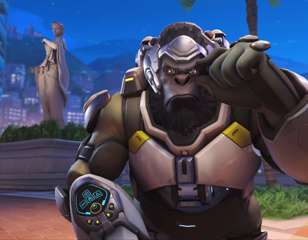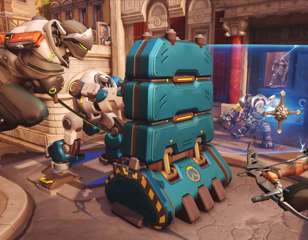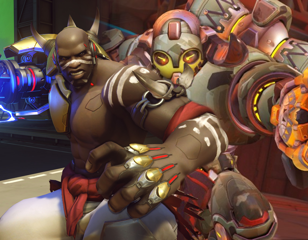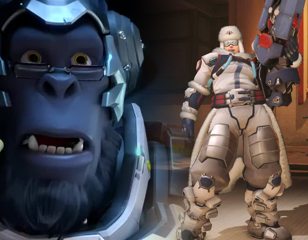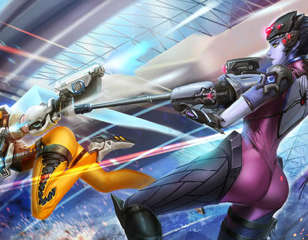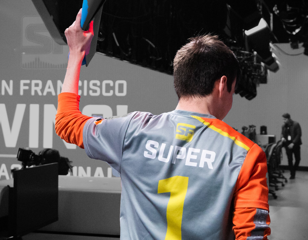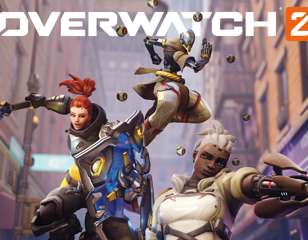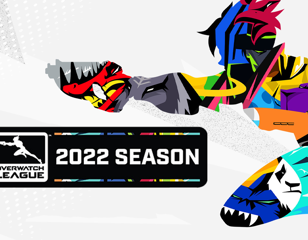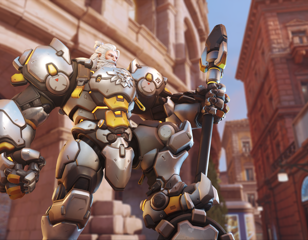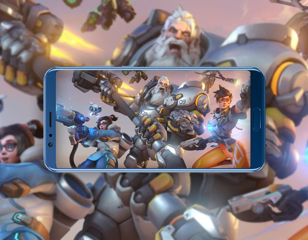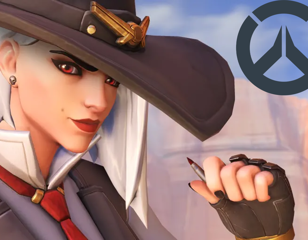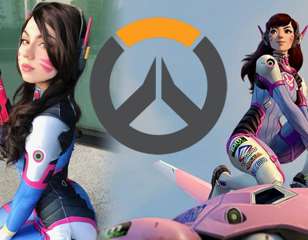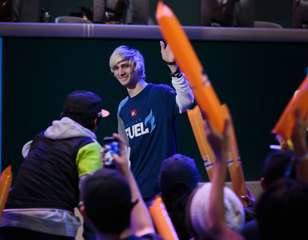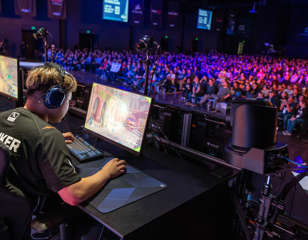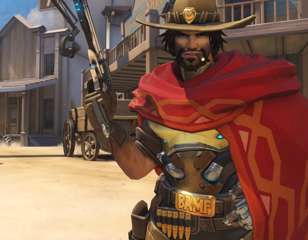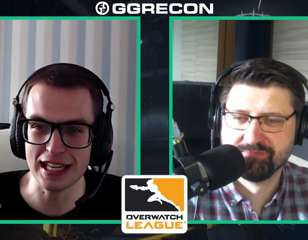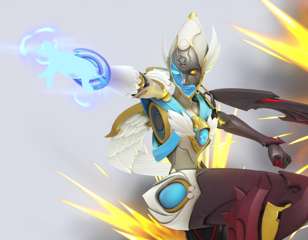Dave 'bench' Cecconi: 'Contenders Has Such A Narrow And Uninspired Vision''
Representing dozens of players and staff throughout OWL and many of the top tier 2 talents, SEG esports player agent Dave 'Bench' Cecconi tells all.

Sascha Heinisch
08th Jul 2020 20:00

The developmental league Overwatch Contenders has gone through various iterations in pursuit of becoming a sustainable endeavour for participating organisations and players alike. After the exit of various academy programs during late 2019 and early 2020, Blizzard Entertainment continues tinkering with the formula. Representing dozens of players and staff throughout OWL and many of the top tier 2 talents, SEG esports player agent Dave "bench" Cecconi stands at the intersection of Contenders and the Overwatch League. He talked to us about the challenges of creating a compelling product for all parties involved while also providing the best exposure and development for upcoming talent, and the ways in which players still manage to gain attention from Overwatch League teams.
Rookies all over the league are seeing tremendous success in their first season. During the Summer Showdown, Paris Eternal, a team of five rookies, won it all. Given that this is still possible, does Contenders even need any changes? Do you perceive talent development to have slowed down?
There are many layers to this in my opinion. I wouldn’t go so far as to say Paris’ success this season is directly thanks to “Contenders working as it should.” Element Mystic stock went up a lot thanks to Gauntlet. You can’t deny that. But the Korean Contenders scene maintained healthy infrastructure for far longer than the other regions, and for good reason. KR had regular season LANs that were more effective in building and sustaining brands like EM over the last few years. I’m not sure that’s a credit to the Contenders format. It’s more than likely thanks to the third-party production outfits responsible for putting those shows on and the organisations who, season after season, assembled competitive squads like RunAway, Meta, KongDoo, and EM. These teams managed to succeed despite Blizzard repeatedly neutering the Korean OW scene since Apex.
For this specific Paris team, it’s credit to the individuals who put this roster together. NineK, Rush, the other coaches, and Derrick deserve the credit for this one. Because yes, Sp9rk1e, Xzi, and Hanbin are all insanely good but there’s also something to be said about the role Nico, Soon, and Benbest have played this year. Reading about community perception of these players and how there was a big surprise they were brought back. And yet all 3 played important roles in their wins yesterday. And then there’s FDGod who is quickly becoming one of the better main support players in the league. He’s what, probably one of the two best Lucios as well? And there’s a great story about how he was scouted for the team—I’ll let Derrick hang on to that one to share himself—but he’s an insane talent and I’m not sure Contenders really propelled him into OWL directly. Paris didn’t come right out and say “Hey we saw you playing in EU Contenders…” Instead, there was some legwork to be done there. Overall, there are so many cases of Contenders players who get no attention. So Contenders can’t be working as intended, no. It’s still far too arbitrary whether or not deserving players get the attention they deserve.
Overwatch Contenders has gone through many different iterations and yet the search for a working system continues. In your opinion, what’s the goal of Contenders and how do we get there?
Right now, I assume the goal of Contenders is to prepare players for life as a professional and to provide them with a platform or jumping-off point to showcase their skills and attract the attention of Overwatch League teams. You can make the case it does none of those things even remotely well.
There are so many questions you need to ask before you start making changes to Contenders again: Is it possible to create a bigger platform for players and how do we do it? Will outside money still invest in T2? How do we make T2 sustainable for players to make a career in OW? How do we get academy teams to come back? Is it even important for academy teams to come back? How do we spark audience interest? How do we finally make good on the “path-to-pro” moniker?
- Read more: Overwatch - A ''Rookie’s'' Game
Contenders has such a narrow and uninspired vision and to think of its potential as merely a place for players to wait until they hopefully get promoted is such a waste. Blizzard should use their Contenders influence as an affiliated marketing machine for future OWL players, driving fan excitement when the most popular and top performing T2 players become eligible to sign a pro contract, and providing players with the right tools and channels to springboard toward a pro career (easier said than done).
In my opinion, Contenders/T2 needs an identity as something more than just a perceived feeder system into OWL. The system is too rigid and highly redundant. Players and fans need something to look forward to beyond the same seasonal structure that has continued for 2+ years, going through various format changes to mask the fact that it doesn’t help 95% of the players who have gone through it. The most recent format had the top NA and EU players (teams who wouldn’t need to re-qualify through trials) slotted to play something like 10-12 total match weeks this year (4 weeks in each season plus playoffs). Think about that. How is that helping anyone?
A lot of the suggestions we hear over and over again—3rd party tournaments, sponsorship restrictions eased, widespread marketing and promotion on Overwatch channels, etc—these are all great, with 3rd party tournaments being the one that I think is most important to implement. I’d also like to see Blizzard attempt to normalize the schedules between both leagues in a way where Contenders’ most important competitions happen at points in the calendar when they would be most relevant to players getting signed. I don’t want to go on too long because I could talk forever about this, but the two schedules don’t synch well at all.
I think if you put the right people in a room together, Blizzard could devise a way to help facilitate some or most of these suggestions. But while these solutions fix many of the current issues, I’m not sure they will greatly increase the odds of most deserving players getting noticed for OWL. This has more to do with the demands of the OWL schedule and the fact that teams don’t have a lot of time to devote to staying on top of Contenders.
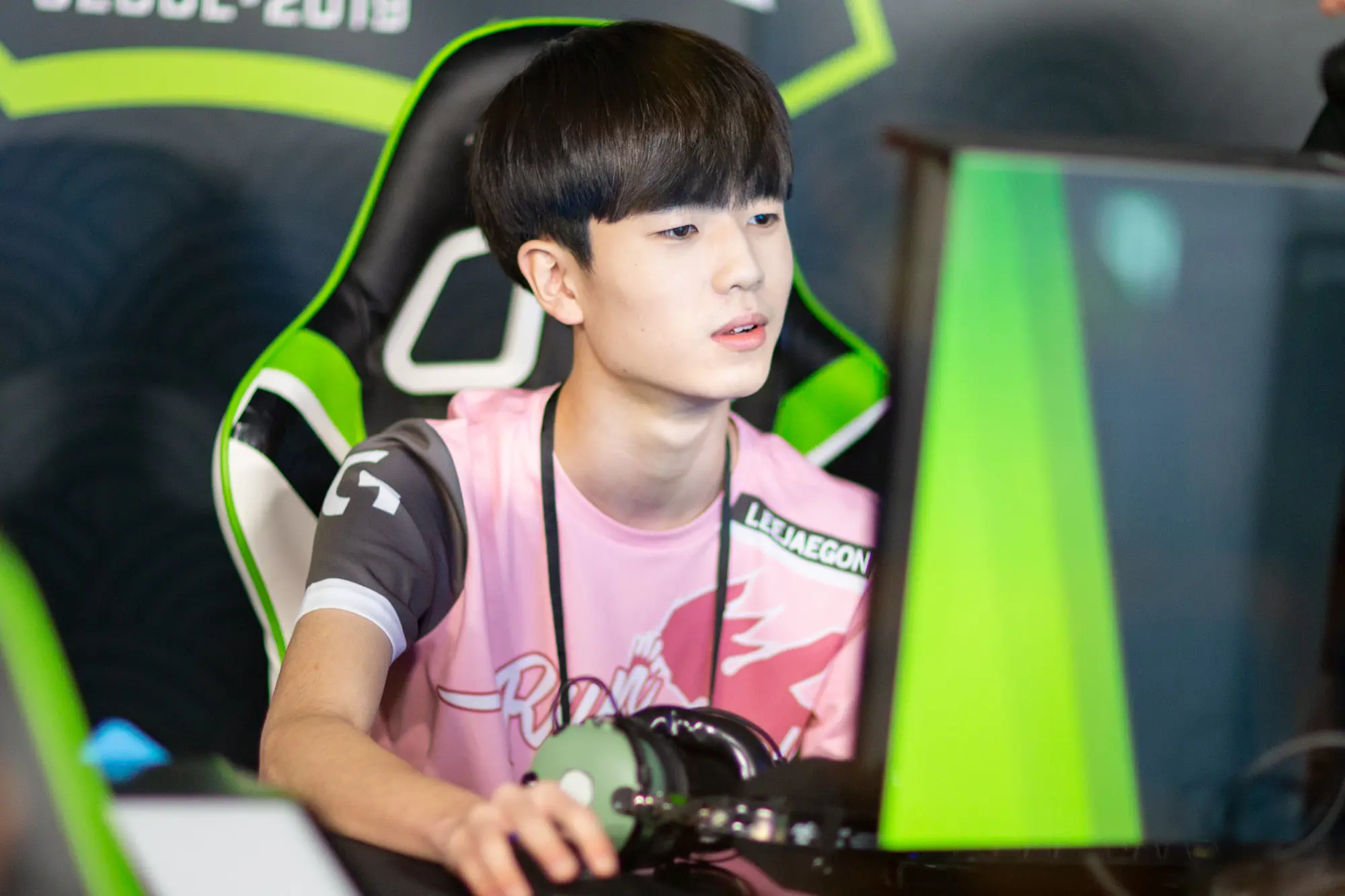
What role do third-party tournaments play in talent development and the tier 2 scene at large? Are they needed?
If you aren’t going to have academy teams, and if Blizzard doesn’t have the budget to allocate more money into prize pools, then 3rd party tournaments would certainly go a long way in offsetting the earnings lost through the elimination of academy contracts. There is actually so little T2 Overwatch being played throughout the calendar year. In addition to more opportunities to earn, third-party tournaments will provide players with more live reps and opportunities to build crucial soft skills. Extra tournaments mix up the tired format of Contenders and, over time, could encourage new money to slowly enter the scene. You won’t see organisations throwing stacks to get into T2 immediately, but I’ve spoken to investors who are 100% interested in surveying the scene and potentially getting in at that level, especially with OW2 on the horizon. Again, this needs to be a gradual process. So much harm has been done already to create distrust in the system. It’s important that rebuilding starts immediately so the scene has time to heal itself.
What value do academy teams bring to the pro ecosystem and are they vital to it?
They are only vital in the sense that they provide much-needed earnings stability for the players grinding to make OWL. If there were other ways to reach that same result, I don’t think academy teams would be considered vital to T2, at least not in the way the majority of them previously operated. The most noticeable change to Contenders between 2018 and now is the departure of almost all academy teams, which in turn means that there’s a lack of salaried positions. Even though formats have been changed around, I don’t think T2 has really changed all that much in terms of being a real “path-to-pro” system. Now, players are left with a handful of academy teams and two or three “paid gigs” that offer little in the way of salary. Outside of academy, and unless these other teams are offering a team house, none of those “other” opportunities provide enough to support oneself individually—not even close. On the plus side, Blizzard has been really good with paying Contenders prize pools almost immediately this season–at least that’s what most of my players tell me. I suppose that’s helping to an extent.
Even when the academy teams were around, I’m not sure most served their purpose. Few outside of Boston and Atlanta utilized their academies as an internal talent pipeline. Many tried their best to be competitive but didn’t build teams based on immediate or future needs of their own parent teams. Back in 2018, teams were still settling into the league structure and testing financial system limits like buyouts. Most attempted to secure as close to 100% buyout on the academy players they controlled (with exceptions of course) so this eventually locked a lot of players into Contenders prison early on. OWL teams saw S-tier players as worth the investment, but anything less and teams were equally comfortable looking toward unsigned teams for alternatives to avoid the $50K+ pricetags they would be paying otherwise. It’s really concerning if the end goal isn’t to sign the best talent. You can’t have a system that promotes anything other than promotion of the best and most deserving players. And IF teams are incentivized to pass over the best talent, there’s a major problem with the system. I think that’s one of the reasons you saw academy systems begin to fold.
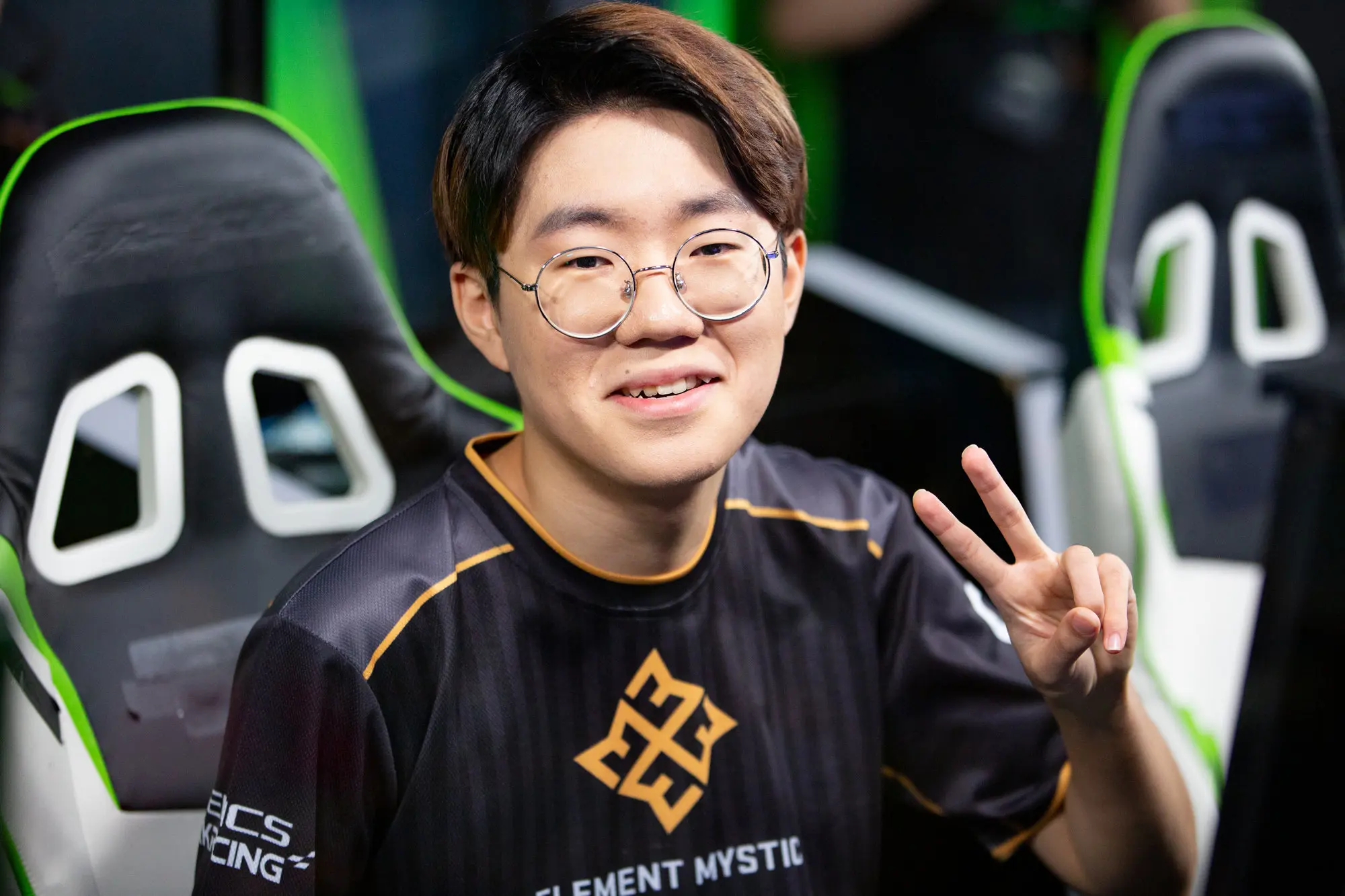
How important is a team's structure in developing as a player and being scouted by Overwatch League teams?
There are probably three main routes we see players taking to OWL right now. The first is obviously when players like Sp9rk1e perform extremely well for a long enough period or have an MVP performance in a tournament or grand final when many eyes are watching. They become part of the general conversation in the competitive Overwatch community and OWL teams can’t ignore it.
The second involves having an OWL staff or individual staff member who just happens to be plugged into the T2 scene or, alternatively, is really good at networking. By this, I mean you have new coaches who came directly from T2 recently and are familiar with the scene. Or you have upper management or coaches who love Overwatch so much that they spend whatever free time they have outside of the 8-12 hours they put into working each day to catch up with the T2 scene (crazy people). Or you have management/staff who spend a lot of time networking with other players, coaches, agents, etc. who they trust to have a strong connection with the T2 scene and they use them to help develop scouting targets or shortlists.
The third way players make it into OWL, and this is the one that I think gets overlooked but has really helped a lot this season, is Contenders players getting scouted by OWL staff while playing in OWL scrims. I think this is more of a passive thing. It’s not fair to say OWL teams are actively scouting players while scrimming them. But I think they eventually take notice if someone is constantly popping off. In one of the earlier prompts, you mentioned what needs to be done to help rebuild T2. And I do agree that a lot of the suggestions you commonly hear would be helpful in establishing an actual infrastructure and providing stability to the scene, but it doesn’t have as much impact in terms of getting players looks from OWL orgs. Being part of a very competitive T2 team and performing well each week can help toward building relationships with OWL teams. These opportunities have increased tenfold this year for obvious reasons, but I’ve had a lot of OWL teams reach out to me midseason and lead their pitch with, “Hey, we’ve been scrimming with Team X the last 3 weeks and really like what we see out of Player Y…”
Yes, you have scenarios where teams hold open tryouts and find talent that way. But it’s strictly an offseason thing. With so little time to decide on roster plans, it’s an exception to the rule as well.
So the long-winded answer to your question: does a team’s structure help in being scouted? I’m not sure if you mean the OWL or Contenders team, but having OWL staff members who are either actively taking in Contenders or super plugged into the Tier 2 network helps a lot. For Contenders structure, it really depends. I don’t think players realize sometimes how important networking is for opening new doors and opportunities. Agents should obviously be helping with that. Having an established T2 staff can be really good too, especially if you have a coach or manager with strong networking skills or existing contacts within the competitive scene.
Images via Blizzard Entertainment

About The Author
Sascha Heinisch
Sascha "Yiska" Heinisch is a Senior Esports Journalist at GGRecon. He's been creating content in esports for over 10 years, starting with Warcraft 3.
